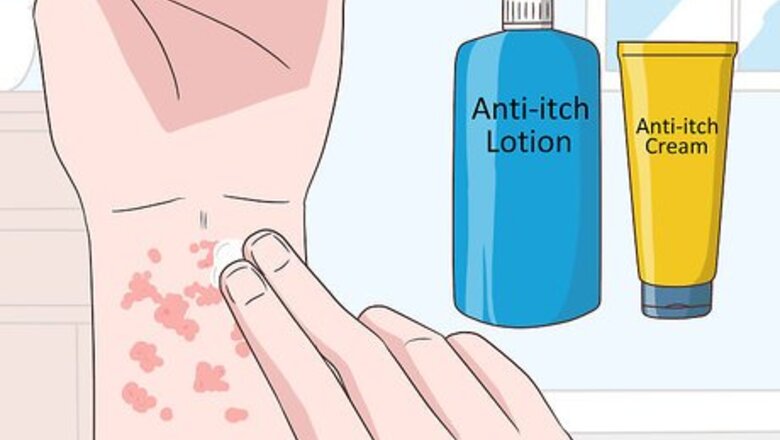
views
X
Research source
Keep in mind, however, that while treatment may cure some people quickly, symptoms may in some cases continue for months or years before clearing up.
Treating Symptoms with Home Remedies

Put anti-itch products on skin irritation. The main source of discomfort that occurs with lichen planus is itching on the bumps. This can be temporarily relieved by applying anti-itch lotions and creams, which are available over-the-counter at most pharmacies. Anti-itch products that contain antihistamines. such as diphenhydramine hydrochloride, typically help relieve the itching effectively. Talk to your doctor about what products might be right for your specific condition.
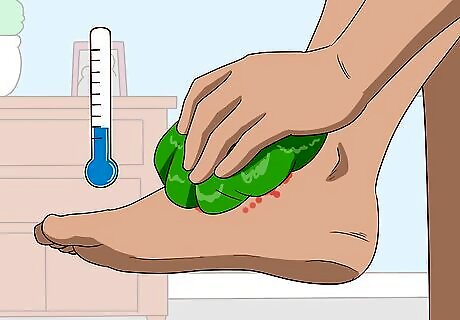
Apply cool compresses on the bumps. To get instant relief from itching, you can simply place a washcloth soaked in cool water on the bumps. Leaving it in place for a few minutes can give you some relief when other treatments are not working quick enough or if you only have a mild case of lichen planus. Be sure not to scrub the inflamed area. This can cause more irritation. There is usually no need to apply ice, as a cold water relieves the itching just as effectively.
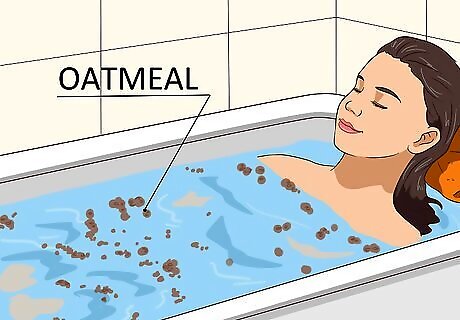
Take a soothing bath. If your symptoms are especially bad or you have bumps in so many locations that it's hard to treat them all, you can take a cool bath that includes soothing agents, such as oatmeal. This will give you temporary relief from itching all over your body. Oatmeal is known to be an anti-inflammatory agent that is often used to soothe inflamed skin.
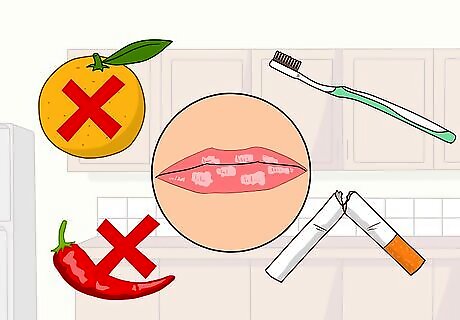
Stop activities that can irritate the mouth. Mouth inflammation connected to lichen planus is much harder to soothe than skin irritation. To minimize your discomfort, stop smoking, keep your mouth clean, and don't eat or drink foods that irritate the inside of your mouth, such as highly acidic or spicy foods.
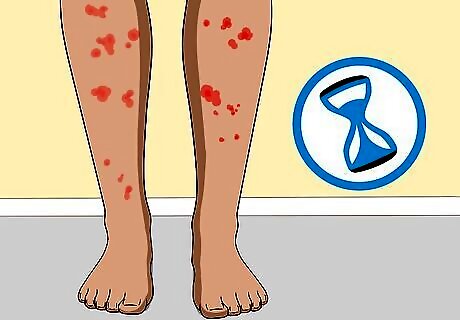
Wait for your symptoms to go away on their own. In many cases, lichen planus will go away on its own over time. Most people will only have outbreaks for a year or 2 and then will have no further symptoms ever. Because the cause of this disease is still relatively unknown, most people have to simply wait for the symptoms to go away on their own. If you have a very minor case of lichen planus, you may only have a small patch of bumps that is easily soothed and then goes away quickly. Not all cases will go away on their own and never have a recurrence. However, only 1 in 5 people that have an outbreak will have another.
Treating Lichen Planus with Medical Care
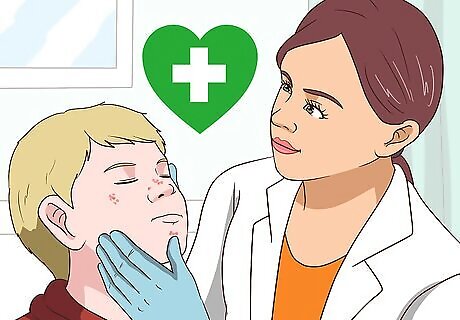
Consult with a dermatologist. If you have lichen planus, it's important to get care from a medical professional who has extensive knowledge of skin conditions. A dermatologist will be able to diagnose your condition by inspecting the bumps and redness on the surface of the skin or inside the mouth. They can then give you treatment that will minimize the condition. In many cases, you will go to your primary care physician first and then get referred to a dermatologist.
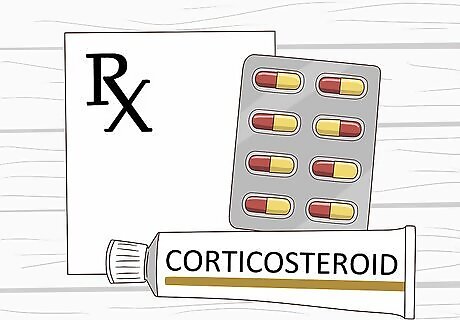
Use a corticosteroid. Your doctor will likely prescribe you either a topical or oral corticosteroid to treat your skin condition. These are used because they help your body fight the infection. There can be side effects caused by long-term use of corticosteroids, such as impact on the thickness and color of the skin, so you should use them for as little time as possible. Oral corticosteroids are typically prescribed for lichen planus that has caused sores in the mouth, as the medication will be able to enter the bloodstream and treat the sores. Steroids should only be used for 2-4 weeks.
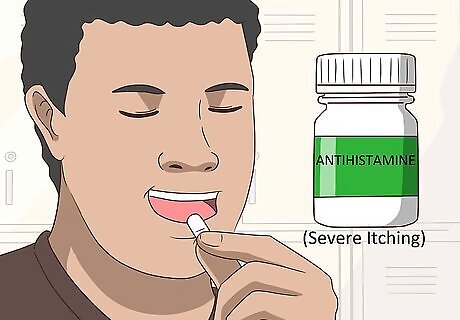
Take an antihistamine. If you have severe itching, your doctor will likely prescribe you an antihistamine to reduce that feeling. They usually come in pill form and are taken daily. Antihistamines block the chemicals in the body that create inflammation and irritation. Common antihistamines prescribed for lichen planus may include diphenhydramine, hydroxyzine, fexofenadine, loratidine, and cetirizine. Be aware that taking antihistamines may make you drowsy, so read the packaging and follow the directions and warnings included.
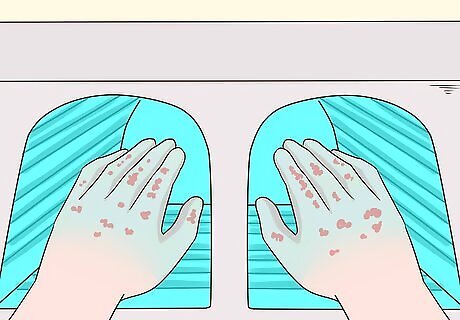
Have light therapy done. Your dermatologist may suggest using light to treat your condition. Ultraviolet light therapies, such as PUVA therapy, can reduce the rash associated with lichen planus. Light therapy is a process in which the dermatologist puts a light-activated medication on your skin and then they apply ultraviolet light to activate it. You will likely need at least 15 treatments spaced a few days apart to improve your condition. Talk to your doctor about whether this treatment is right for your specific case of lichen planus. There are some situations, such as if you have very sensitive skin, when it may not be appropriate.
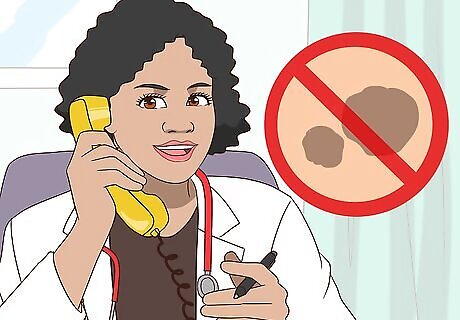
Have long-lasting spots treated by a dermatologist. As this disease diminishes, it may leave behind dark areas that don't go away on their own. You can contact a dermatologist if you want to eliminate these dark patches. Your dermatologist may be able to use bleaching creams and laser resurfacing treatments to eliminate these spots.
Preventing Outbreaks
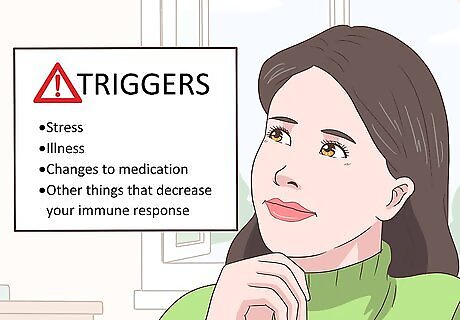
Identify and avoid triggers, if possible. Since the exact cause of lichen planus is not known, you can't always know what will bring on an outbreak. However, you need to assess your own condition, especially if it is recurring, to see if you can figure out what is causing outbreaks. For instance, it could be stress, illness, changes to medication, or other things that decrease your immune response and leave you open to an outbreak. Once you identify conditions that increase your likelihood of an outbreak, avoid them if you can.
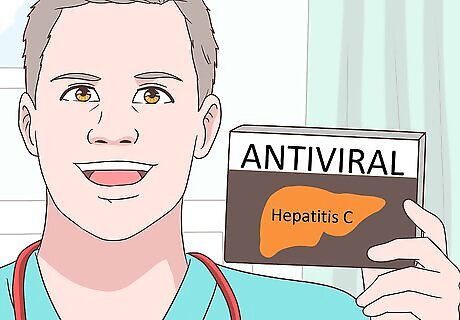
Control your hepatitis C, if necessary. Because hepatitis C is thought to be a contributing cause to some cases of lichen planus, it's important to control the disease. Having your hepatitis C under control will allow your immune system to function better and will help it to eliminate the lichen planus infection. The main treatment for hepatitis C is antiviral medications. These should be prescribed by a doctor and your condition should be monitored by a doctor as well.
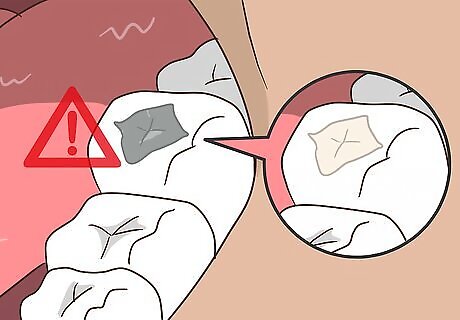
Get metal fillings replaced. If you are repeatedly getting lichen planus infections in your mouth, it could be caused by your metal fillings. Talk to your doctor about whether you should get them replaced with composite fillings.













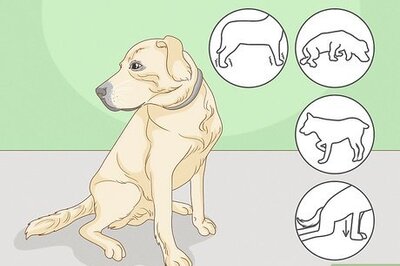
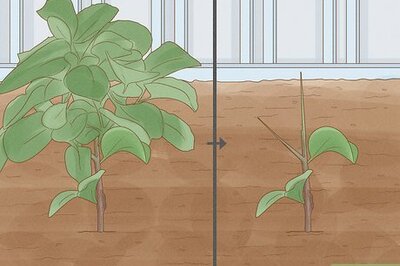




Comments
0 comment